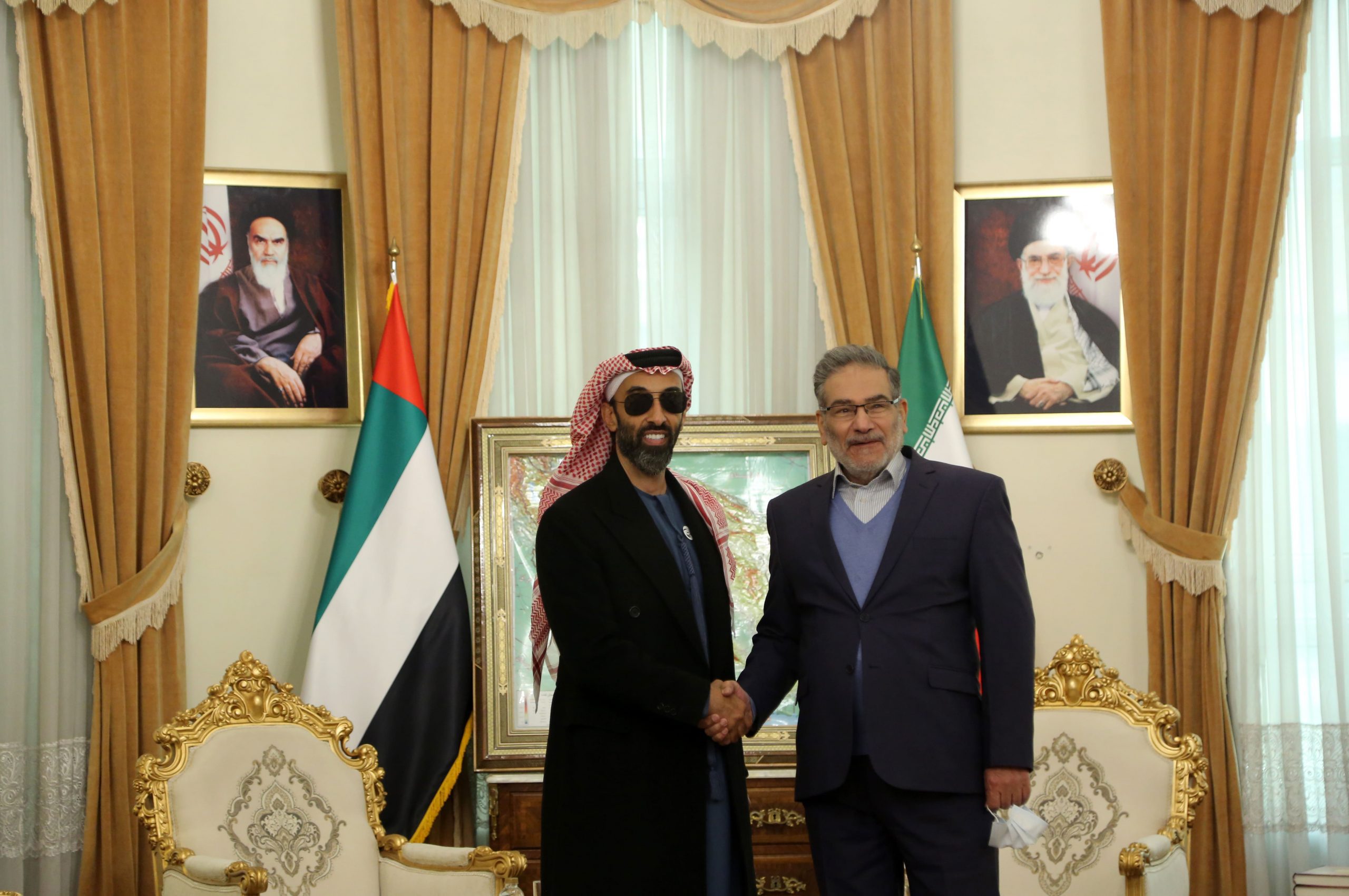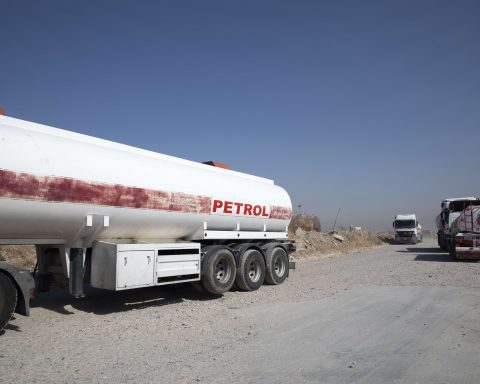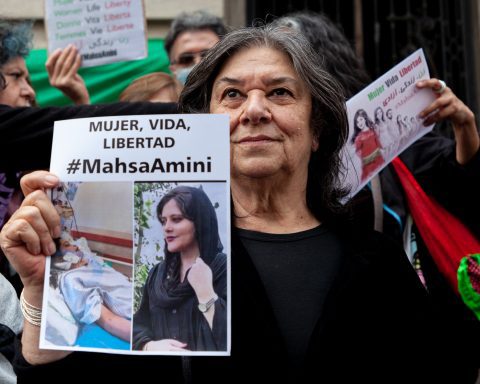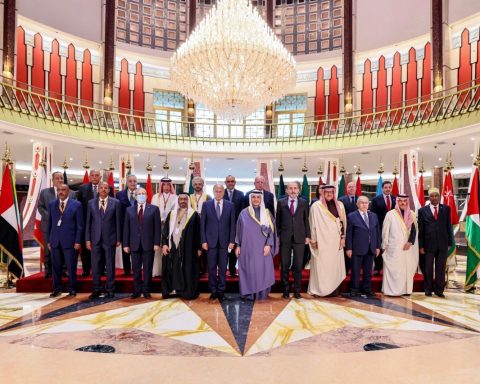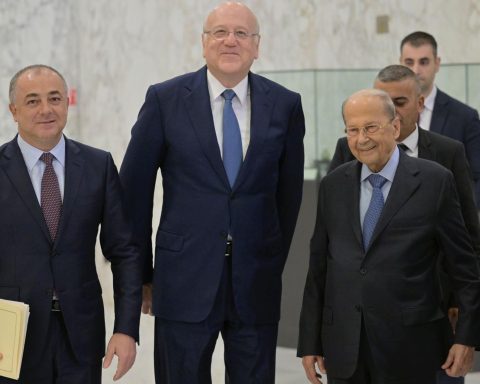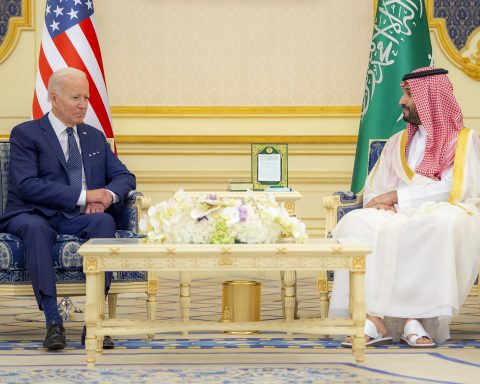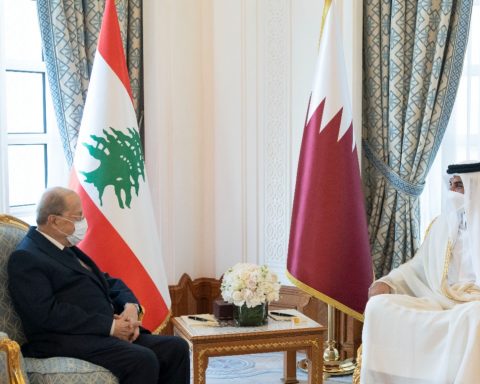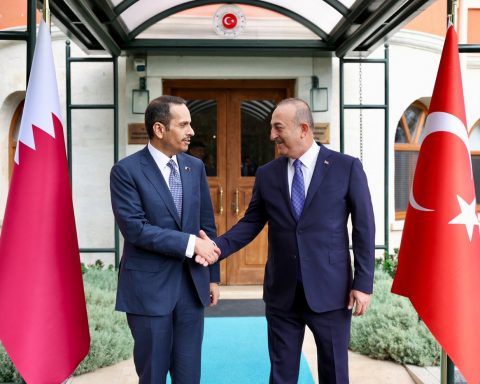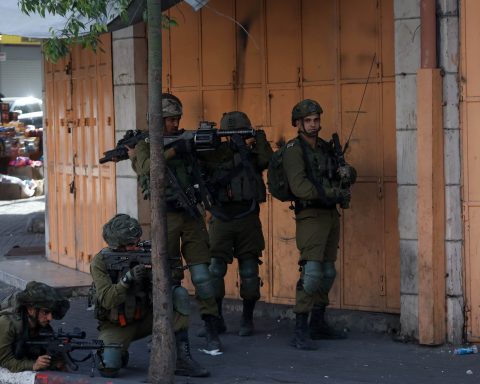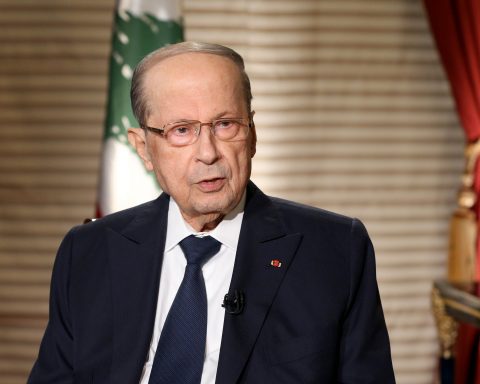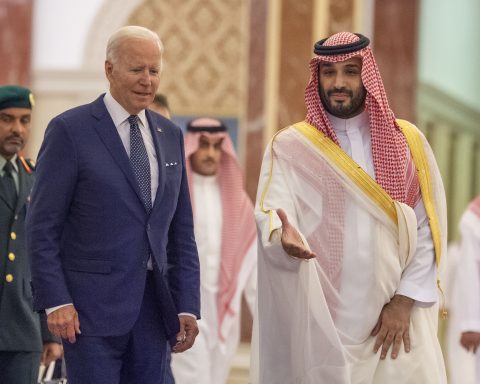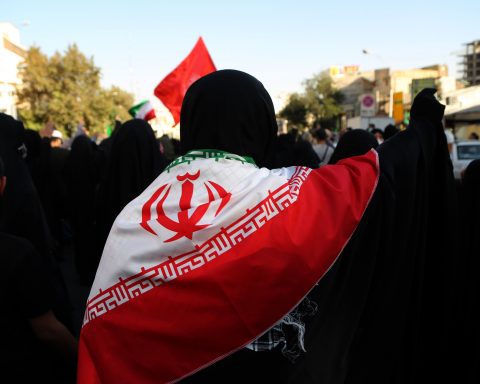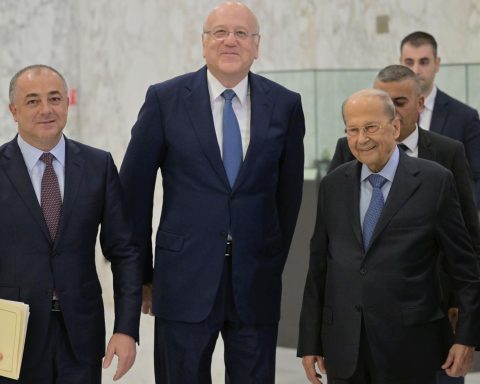The January 17 missile and drone attacks against the United Arab Emirates (UAE) that resulted in the death of three Emirati residents were a sign that the Yemen conflict’s fallout was finally reaching the Emirates. Since its military involvement in Yemen was initiated in 2015 to dislodge the Houthi rebels from the Yemeni capital Sanaa, the UAE has not remained a prime target of Houthi retaliation, which has been rather focused upon the alliance leader Saudi Arabia. According to the US special envoy for Yemen, there have been about 375 cross border attacks by Houthis into Saudi Arabia alone in the year 2021. Against this backdrop, it is intriguing that the Houthis have suddenly turned their attention towards the UAE, thereby mounting a new challenge to Emirati national security.
As the UAE reduced its involvement in kinetic operations within Yemen and withdrew a significant number of its forces from the country, there was not really any political or military incentive for the Houthis to attack the UAE. Even so, it has been suggested that both sides have reached a silent understanding to keep out of each other’s domain of operations. This informal settlement between the two sides considerably reduced the threat of missile and drone attacks on the UAE from Houthis, something that had just become a regular fixture in the case of Saudi Arabia.
As the frontlines in the Yemeni governorates of Marib and Shabwa heated up and Houthis made rapid gains within both governorates, the existing situation on the ground reached a level where Riyadh and Abu Dhabi were compelled to change the ground rules of engagement. As Riyadh acquiesced to the Emirati demand to remove Islah Party-linked officials in favor of those close to the UAE, the Emiratis redeployed their local affiliates from the Red Sea coast to this critical battlefront. This included the Emirati-supported Giants Brigade, which has been considered as one of the best military formations on the coalition side. This change in force equation on the ground resulted in victories for the coalition and the Houthi offensive, which was threatening to cut the connection between Aden and Hadhramaut by the end of 2021, was virtually over. These new battlefield realities only emerged once the Emirati backed militias actively joined the anti-Houthi war effort and blocked the path of any further Houthi advance across the Yemeni hinterland, effectively spelling an end to Houthi territorial ambitions. This also meant not only a political realignment between Riyadh and Abu Dhabi in Yemen but also a military one, with the UAE emerging as a critical player in this theatre.
This new activism by the UAE prompted the Houthis to launch missile and drone attacks on Abu Dhabi. These attacks are clearly meant to intimidate the UAE and its decision-makers and to signal that the new Emirati posture in Yemen will have consequences. The Houthis have honed their military and sabotage tactics against Saudi Arabia and now are replicating them vis-à-vis the UAE. These repeated Houthi missile and drone attacks pose a fresh and less anticipated threat to Emirati national security. The most significant development probably was the attempted attack on Al Dhafra, which houses US Air Force and military personnel. This further complicated the dynamics of this conflict, with implications both at the regional and global levels.
The Houthi attacks on the UAE may signal retaliatory intent on the part of the rebel group, but the kind of weapons used and the developing political situation suggest a more complicated reality involving multiple stakeholders. It has been argued that Iran has been providing sophisticated missiles and drones to the Houthis, and the insurgent group’s capabilities to manufacture such weapon systems on their own are inherently limited. This suggests that the attacks on the UAE might have been silently approved by Iran. A European diplomat posted in Islamabad and an expert on Iranian regional outlook told this author that not only the Houthis but Iran is also concerned about the involvement of the UAE in the battle for Marib, which has practically ended the chances of a Houthi capture of the critical governorate that could have brought them significant economic resources. The diplomat further pointed out that the renewed collaboration between Riyadh and Abu Dhabi on Yemen, as well as the Emirati military presence on Socotra, remain problematic for Iran.
This questions the extent of Iranian and Emirati rapprochement that was initiated by the trip of Emirati National Security Advisor Sheikh Tahnoon Bin Zayed to Tehran and his meetings with Iranian decision-makers. The Houthi attacks clearly represent a new challenge for Emirati rulers who have pushed for reconciliation and rapprochement. As of now, the attacks have not resulted in any change in the Emirati approach within Yemen, and in particular, the battle in Marib. Yet, the Emirati leadership is also continuing its engagement with Iranian officials and although it is quite likely that the Emiratis would have taken up the issue of Houthi attacks with their Iranian counterparts, still it is unlikely that these attacks will have any significant impact on Emirati-Iranian engagement and attempts to bolster trade between the two sides.
In the case of Saudi Arabia, the developments in Yemen and the re-entry of Emirates into the operational field are welcome developments. As the Kingdom has borne the brunt of Houthi missile and drone attacks for years, these battlefield developments are naturally welcome. These setbacks may eventually compel the Houthis to re-evaluate their approach of creating realities on the ground by the use of force and to politically negotiate with the Kingdom. On another note, continued Houthi attacks on Emirates may result in a relative drop in the militant group’s attacks on Saudi Arabia, and in particular, its southern provinces. However, these developments will only increase Houthi dependence on Iran, and there remains a very slim chance of the Houthis charting a path different from Iran vis-à-vis Saudi Arabia. Thus, Iran will continue to exert leverage against Saudi Arabia through its political and military support for the Houthis, and for now, Saudi Arabia can do little to change this scenario.
As the UAE becomes a new theatre of missile and drone attacks, new challenges have emerged for the security and stability of the Gulf states. These attacks have further impressed upon the evolving nature of the threat posed by Iran and its Yemeni allies to the national security of Saudi Arabia and the UAE and the importance of dependable air defense systems for these states. Unlike Saudi Arabia, which had a limited set of options to respond to such attacks and whose political dialogue with Iran has remained largely stalled, the UAE’s economic connection with Iran might give it a bit of leverage vis-à-vis Iran and this may eventually scale down the intensity of these attacks. The UAE may opt for a multi-prong approach, with at one hand continuing its involvement in Yemen and enhancing its air defense capabilities while on the other end keeping lines of communication open with Iran and pushing for an increase in bilateral commercial engagement.

